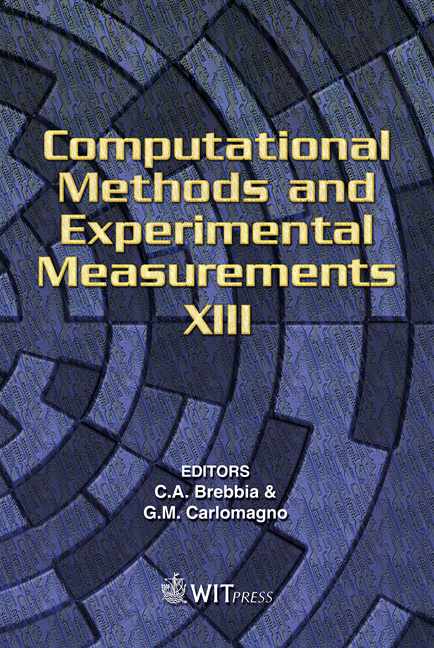Numerical Noise In Satellite Laser Ranging Data Processing
Price
Free (open access)
Transaction
Volume
46
Pages
5
Published
2007
Size
373 kb
Paper DOI
10.2495/CMEM070181
Copyright
WIT Press
Author(s)
J. Blazej & I. Prochazka
Abstract
Satellite laser ranging is a highly accurate measuring technique providing the accurate range to the retroreflector equipped Earth satellites. It operates on a classical radar principle. Measuring the time interval between the pulse transmittal and reception, and considering the speed of light and the way of its propagation, the target distance may be evaluated. The picosecond laser pulses together with highly precise timing systems and optical detectors enable resolution and accuracy of the entire ranging system to an accuracy of several millimetres. To demonstrate the ultimate precision of satellite laser ranging two different and independent algorithms were used for ranging data processing. The internal consistency and the numerical noise of the data reduction, fitting and normal point forming procedure have been tested. The completed experiment demonstrates the ultimate normal point precision at the level of 2.5 picoseconds, that corresponds to 0.37 mm in the range of the retroreflector equipped satellite in space. The key contributor to this value is the interpolation used in the satellite orbit modelling procedure. Keywords: picosecond ranging, orbit modelling. 1 Introduction The testing of precision limits of algorithms used is interesting for any technique whose precision during recent years is improving by technology reasons without changing of the data processing algorithm. One of these is the Satellite Laser Ranging (SLR). The SLR is a highly accurate measuring technique providing accurate range to retroreflector equipped Earth satellites. It operates on a classical radar principle. Measuring the time interval between the pulse transmission and reception and considering the speed of light and the way of its
Keywords
picosecond ranging, orbit modelling.





